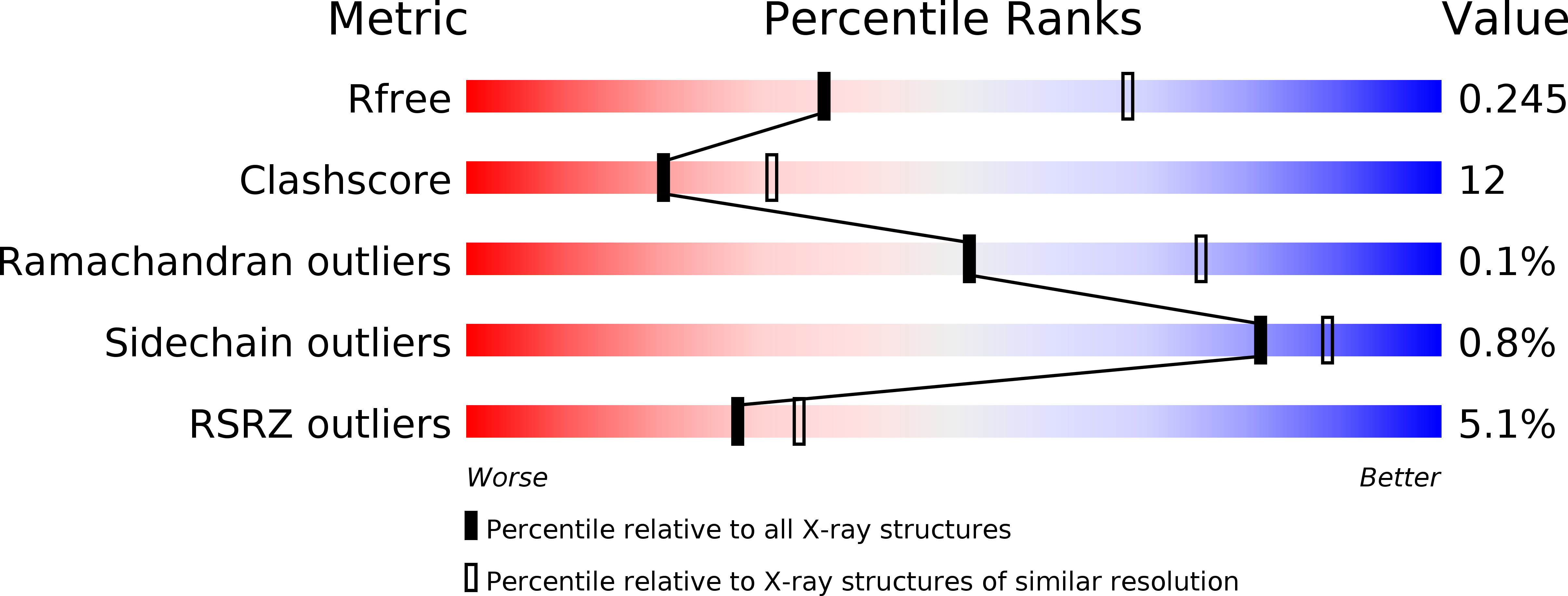
Deposition Date
2015-08-06
Release Date
2016-03-16
Last Version Date
2024-10-16
Entry Detail
PDB ID:
5D3E
Keywords:
Title:
Crystal structure of human 14-3-3 gamma in complex with CFTR R-domain peptide pS768-pS795
Biological Source:
Source Organism:
Homo sapiens (Taxon ID: 9606)
Host Organism:
Method Details:
Experimental Method:
Resolution:
2.75 Å
R-Value Free:
0.24
R-Value Work:
0.20
R-Value Observed:
0.20
Space Group:
P 41 21 2


